|
Day 4: The Beast is getting bigger, I may have to break off the rock it's attached to at this rate. Of all the Aiptasia I have been keeping an eye on none have been touched yet. The egg spirals laid on the small piece of rock have vanished so something probably ate them over night, I'm feeling pretty gutted about that. Day 5: No change in Aiptasia but I can confirm that one of the nudibranchs is still alive, how do I know this? Well, I discovered one sitting on the silicone bead at top left corner of the tank first thing in the morning. Err, no there aren't any anemones to eat up there! The nudibranch stayed there all day along, at least it didn't get eaten. Day 6: No change and the Berghia is still in the same spot on the silicone, is it on hunger strike? I moved the small rock a little so that I could take a photo of some odd looking polyps that seem to have sprung up from nowhere (more on this later) but as I did that I discovered some more eggs spirals had been laid inside a hole. Hopefully these will be more protected from predation unless mini brittlestars have a taste for nudibranch eggs in which case they will be toast. Day 7 (today): The Berghia has vanished from the silicone, hopefully it's gone in search of a snack. No visible change in Aiptasia, well they did say it could take a while...
Day 8: Nothing new to report. I can't see if the egg spirals are still intact or not. I just wish that one tiny Aiptasia would vanish offering me at least some hope for the future control. Oh well I guess need to be patient a little longer.
0 Comments
Yesterday I received the results of my latest ICP analysis and I'm relieved to say that the cobalt level has dropped to 1.71ug/l. It's still 17 times above the reference value so there is still a way to go before it's gone completely. I wonder if the drop is the reason for the recent turnaround of my Acropora hyacinthus?
Link to the latest ICP: //lab.atiaquaristik.com/share/5c6ace3e71c6dbce4bea Graph showing the ICP cobalt levels since the first test, the rock had been in the tank for 5 months at that point. It's now one week shy of being a year old. Despite my very best efforts, Aiptasia anemones have taken a hold in my tank. I tried killing any that I discovered with Red Sea Aiptasia-X but more often than not they just bounced back. I moved on to NT Labs Anti-Aiptasia, that proved equally useless. Some would say that the problem lies with me but no matter how carefully/stealthily I approached the anemones to apply the killing solution they would hunker down and reappear a couple of days later. I also tried covering them with putty but no matter how carefully and forcefully I squished the putty down around the Aiptasia they would manage to find a way around it. As things stand I have one rather large Aiptasia (aka The Beast; it looks massive to me) and more than a fair few tiny ones. In fact the more I look with a magnifying glass, the more I find. So basically I've come to the conclusion that they are everywhere and if I don't do something soon it's going to get a lot, lot worse. It's time to get serious about this. Plan A: Berghia nudibranch. These tiny sea slugs eat Aiptasia and only Aiptasia so are guaranteed to do the job if they survive long enough. The recommended number to add is 1 Berghia per 50l of water with a minimum of 3. My system is approximately 380l so I would need 8. Also there is a risk that wrasse might try and eat them even though they taste bad so it's also recommended to add an extra one in case one gets sampled. Now I have 3 wrasse, I can't imagine that the Pink Striped or Possum wrasse would eat them but the Yellow wrasse certainly might. I opted to order 10 to cover all bases. The little guys were delivered on Tuesday 19th January from Berghiaonline, they were packed in a box with a heat pack which was still toasty on arrival and they all looked to be in good condition. Somehow I expected them to be bigger but in reality they are quite small. I took extra care with acclimation because firstly, I wanted to maximise my chances of them surviving and secondly, I wanted to wait till the Yellow wrasse went to bed before introducing them. When transferring them from the pot to tank it's important not to scrape them off as this can damage them, instead it's recommended to use a pipette to dislodge them before sucking them up and depositing them in the tank. However the best and easiest way of adding them is to just place the whole pot in the tank and let them move out when they're ready. Naturally I chose the easiest and safest option, these babies are precious there was no way I was going to risk death by pipette. If I could have, I would have placed the pot with the open end right next to The Beast, lol. Come and get it guys, dinner is served! However that proved impossible to do so I had to make do with placing the pot on the sand and leaning it against the bottom of the rockwork. I was concerned that the pot would become dislodged overnight by a hermit or snail and end up rolling around the tank in the flow so I had the brainwave to weigh it down with a small rock and I had the perfect rock in mind. It came equipped with at least 3 tiny Aiptasia snacks, so if they felt peckish before moving out they could have one for the road so to speak. Day 1: I rushed down to see if The Beast was gone but darn it! It was still alive and healthy. As far as I could ascertain all the Berghia were still mooching about in the pot. As the lights became brighter the nudibranchs took refuge in small holes in the rock or hid underneath it. OK, out of prying eyes of hungry wrasse at least. Disappointingly the tiny Aiptasia growing on the rock in the pot appeared untouched. To my very great surprise during the course of the day one of the Berghia laid a spiral of eggs on the small rock, I have to say I was pretty chuffed with this, more recruits for my Aiptasia munching army assuming they managed to survive to hatching. Day 2: The Beast still remains untouched. The pot appeared devoid of nudibranchs but they could be out of view in or under the rock. I opted to leave the pot where it was for a little while longer mainly to protect the newly laid eggs. I feared that my hermit crabs might find them an irresistible snack given the chance. By the afternoon however a hermit had managed to find its way into the pot and had no way of escaping. It was unconcernedly picking 'food' off the small rock. This forced me to take action, I removed the pot, liberated the hermit crab and placed the small rock on the sand next to the rockwork. As I was placing the rock I discovered the nudibranchs had laid another two spirals of eggs (on the opposite side of the rock to the first batch). Pretty cool huh! I hope that they don't all get eaten now that they are exposed to fish/crabs etc. Day 3: The Beast is thriving dammit! In fact I don't see that any Aiptasia have been touched even some really tiny ones, that's not to say some haven't, just none that I can tell. There's no sign of any Berghia, hopefully sitting tight, hidden in the rockwork and building up an appetite. The eggs have survived the first night in the tank, maybe they are not very appetising to hermit crabs? Fingers crossed.
That's it for now, I hope and pray that these little nudibranchs do the trick and rid my tank of Aiptasia. Time will tell I guess. If they don't make it then I'll have to move on to plan B.... Just as I managed to organise a replacement heater for the one that failed a few weeks ago (thank you D-D Aquarium Solution for the excellent support) something else has broken in my tank. 😕
I decided that it was about time that I gave the random flow generator a clean, it had built up a layer of coralline algae as all things tend to do in a reef tank with lighting. I assumed this was probably detrimental to the flow rate, I clean my powerheads regularly so why not the RFG? I pulled the unit off the return pipework but before I could even place it in some citric acid a bit fell off. My first thought was that one of the RFG had popped off the Loc Line but no, it had completely broken off along the lower portion. I went ahead and cleaned the unit anyway and then discovered that the other side had split too. Does acrylic become brittle over time in saltwater? Surely a bit of coralline can't be stronger than acrylic?? I didn't drop it or treat it harshly so I'm not quite sure what to make of it to be honest. I purchased a frag of Red Planet Acro (Acropora hyacinthus) in February 2017. Over the last four years it has survived red bugs, plodded along when Utter Chaos zoanthids grew all over its lower half and endured being hacked up and moved to another new tank. However the last 6 months have been its biggest test so far. To recap, I transferred a segment of the coral over to the new tank on the 17th April 2020. Over the following couple of months it lost some colour but, all things considered, it seemed to be doing OK. However 7 weeks after that it had browned out even more. Then, ever so slowly things got even worse. It stopped growing altogether and kind of just hung on looking rather sad. Alkalinity and calcium uptake slowed down so that I kept having to reduce the amount the doser added. My other Acro (A. gomezi) oddly seemed to be OK with the conditions, it had great polyp extension, reasonable colouration and even a little growth. I began working through my list of possible tank issues. Cobalt poisoning? I kept up with the weekly water changes. Chemical warfare from the large gorgonian growing just to the left of it (do gorgonian release toxins in the same way leather corals do? I don't know). I regularly changed the activated carbon just in case. Not enough flow? I tried turning up the pumps but it made no difference (and upset the clam in the process). Not enough nutrients? This was certainly possible, to begin with they were on the low side especially the phosphate level (or so I am led to believe these days). I was dosing both anyway to combat the Amphidinium on the sand. In July the nitrate level hovered at around 1-2ppm and the phosphate bounced somewhere between 0 and 0.021ppm (depending on which days results you chose to look at). By December I'd managed to raise the nitrate to 5ppm and kept it steady at that level. I stopped dosing phosphate when it reached 0.06ppm but even so at the level kept gradually increasing, and as we all know high phosphate is bad for SPS corals so I started running Rowaphos to keep it in check (PO4 level peaked at 0.15 in mid December) *sigh*. I had been feeding a lot of food all through this, Oh and I also tried dosing with Red Sea AB+ for a short while to see if it made any difference. It didn't. By the beginning of December the Red Planet had started to recede at the base and had lost some flesh on the underside of the branches. I didn't take any photos because it looked so awful and I honestly felt sure it was going to completely strip at any minute. I did however, find one photo taken in December where part of it featured quite well. I was trying to photograph the ghost cardinals at the time and totally failing, lol. You can see how brown the Acro looks with almost no polyp extension and some parts underneath where flesh has gone. A sorry sight indeed. Literally the same day as the above photo was taken I noticed a hint of green at the base of the coral. Maybe all was not lost. Fast forward to today, a month later and it's totally transformed. The rate by which the Acro 'greened' up again and regrew the dead areas has been nothing short of miraculous. Polyp extension is back and it's even started to take on a pink tinge again. There's life in this (Red) Planet after all! What caused this minor miracle? Well I can't say for sure. It could be that the TMC rock has finally stopped leeching cobalt, I need to send off another ICP test before I know that. I started adding Korrallen Zucht Sponge Power on 5th December but I can't imagine that helped the Acro at all. On the same day I also added 1.2kg Tropic Marin Reef Mud Vital to the refugium. I had some left over from my previous tank so I thought what have I got to lose? As it happens the refugium started growing Ostropsis dinoflagellates so I have could have lost a lot (including my sanity) but fortunately balance was restored again and the Dinos faded away after a few weeks of giving me sleepless nights. It is entirely plausible that the mud has added some essential nutrients that the tank and Acro had been missing. Something that can not be measured via and ICP perhaps. I can't think of a better explanation right now unless the coral suddenly decided to get busy live rather than get busy dying...
...and as it turns out in my tank too.
For possibly the first time ever I was actually happy that my son stayed up late gaming. He woke me at 2.30am on Saturday night to tell me that a tank alarm was activated. I jumped out of bed faster than you can say Jack Robinson and hustled downstairs. I discovered that the water temperature was low. I normally keep it at 24.9 to 25.1 but on this occasion it had dropped to 24.2. Fortunately I have a back up heater but (apparently) it's not beefy enough on it's own to maintain the temperature on frosty nights. I fitted a spare heater (one normally reserved for the water change bucket) and waited to make sure that the temp was going up again and not down. When I got up Sunday morning I checked the temperature controller which worked fine, but the titanium heater was dead as a dodo. I changed the fuse in case the old one had blown but it made no difference, it's not even a year old yet either. I thought these things were supposed to be more reliable, unlucky I guess. I am thankful that my son realised that there was a problem with the tank. It could have been far worse had I not been a; running a temperature controller with an alarm, b; running a back up heater and c; had an emergency spare. Al, the Red Spotted pistol shrimp, celebrates his 4th anniversary with me in two days time (13th January 2021).
Over the last four years he has had three different partners (four if you count the Nudus goby pair as two). He was initially introduced with a Whitecap goby (Gordon), sadly Gordon managed to jump through the mesh lid after five months in my tank. After that Al eventually paired up with the resident pair of Nudus gobies (Hop and Skip), this surprised me as reportedly this species of shrimp will only associate with Whitecap gobies. They remained together for two years until both gobies had passed on. Then I introduced another Whitecap goby (Flash) and the two immediately paired up. They have been together ever since, going on 15 months now. I see the pair much more in the new tank than I did in the Reefer. They seem a lot more confident now despite the fact that Mr Fantastic, the Tigertail cucumber, like to borrow parts of Al's burrow system to move about under the rockwork. I feed them both bits of mysis etc directly every day with a pipette to ensure that they are receiving enough nutrition. |
AuthorHi, my name is Lisa and I live in Derby, UK. I am a self-confessed reefaholic! Archives
July 2022
Categories
All
|
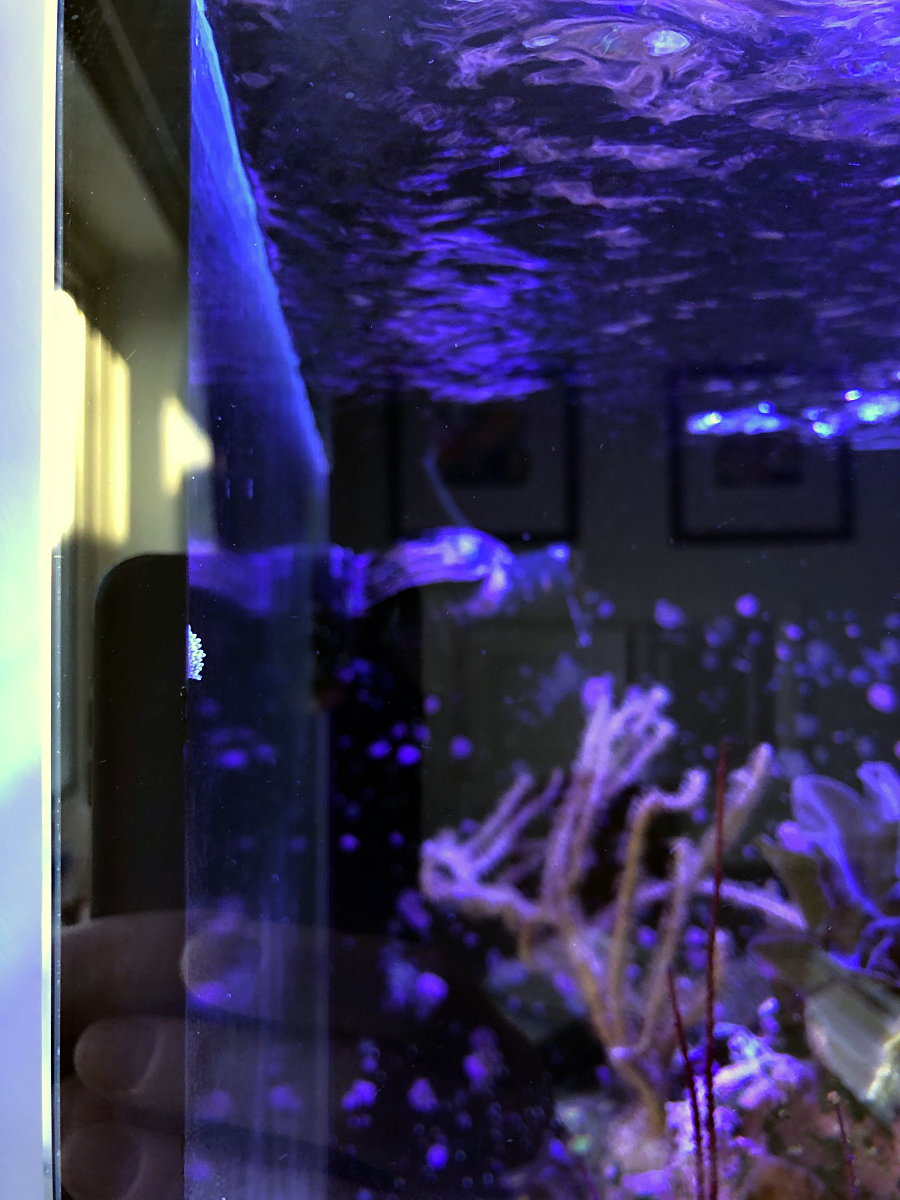

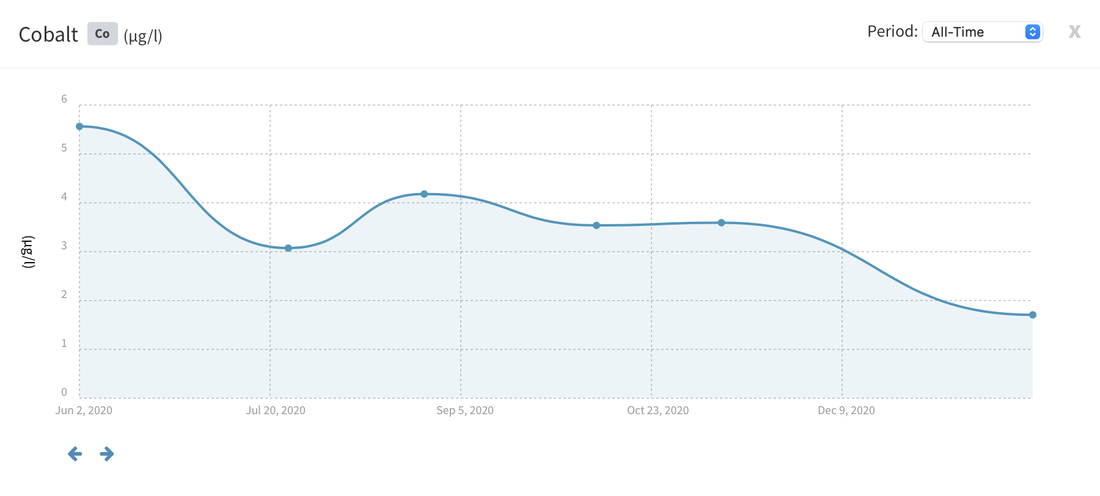
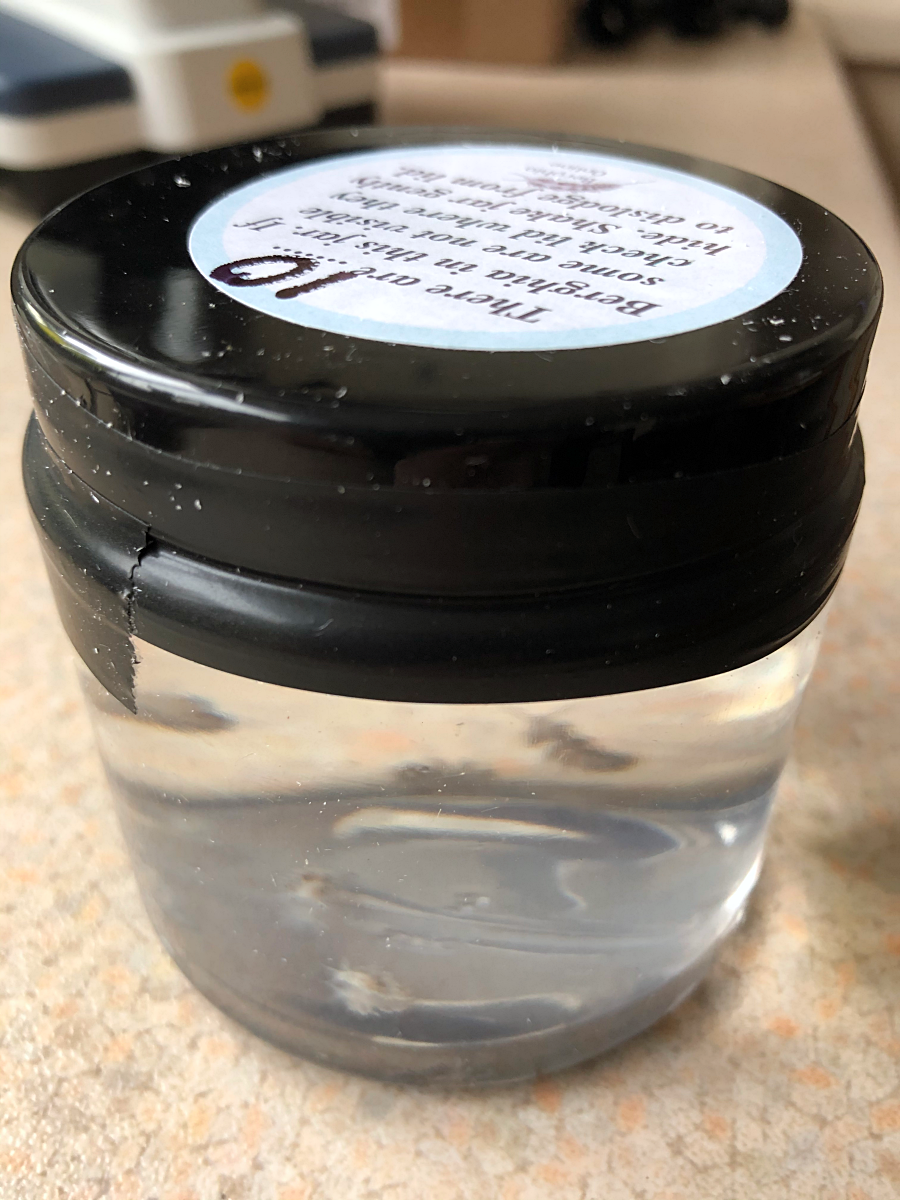
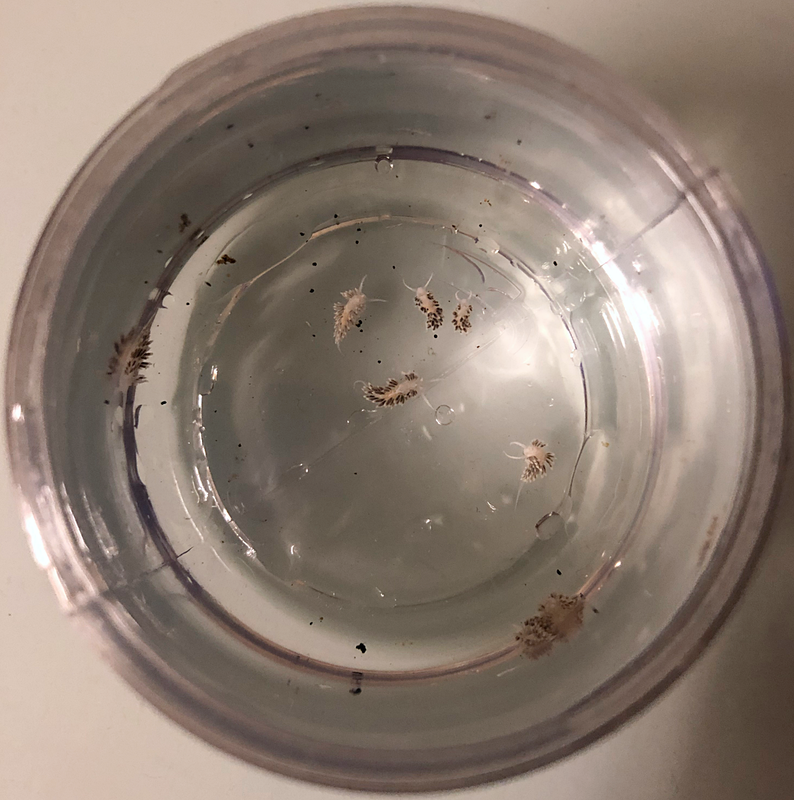
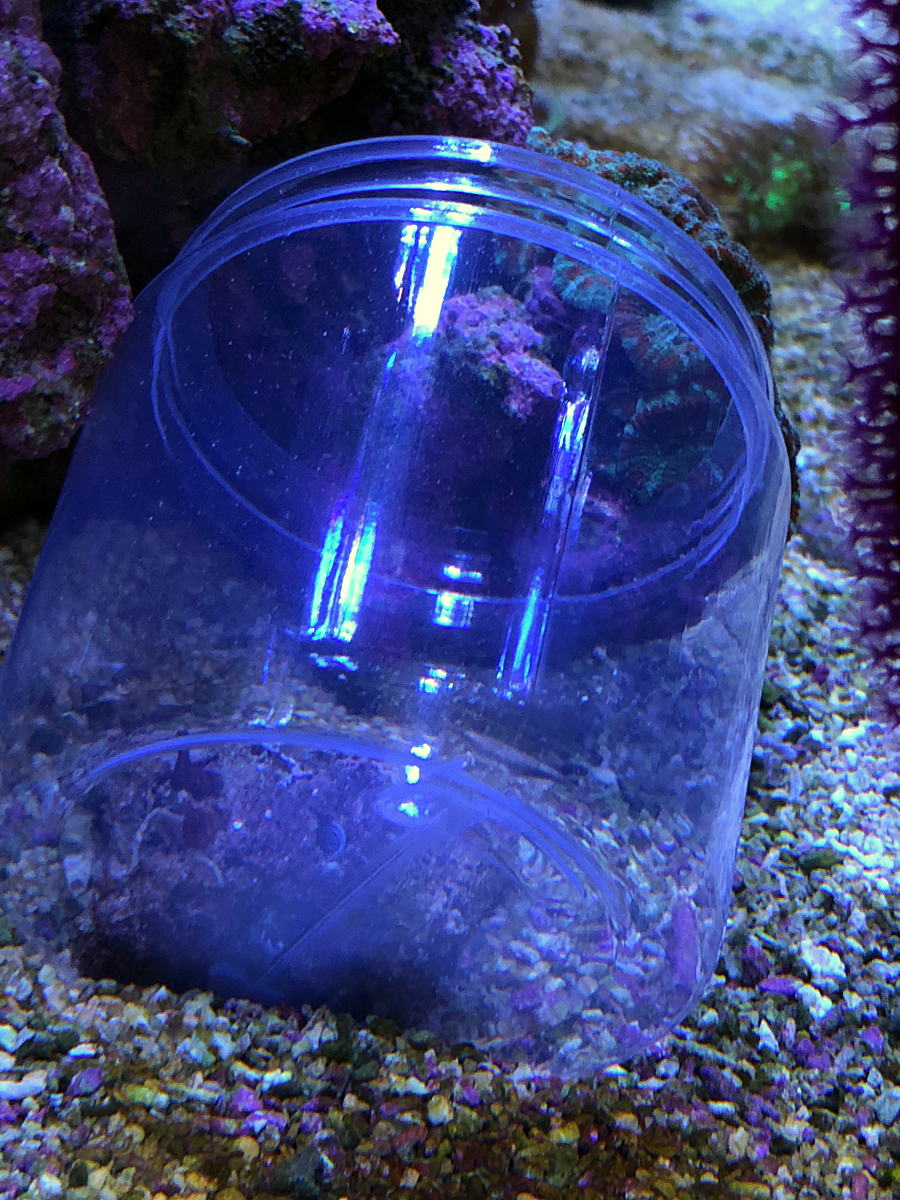
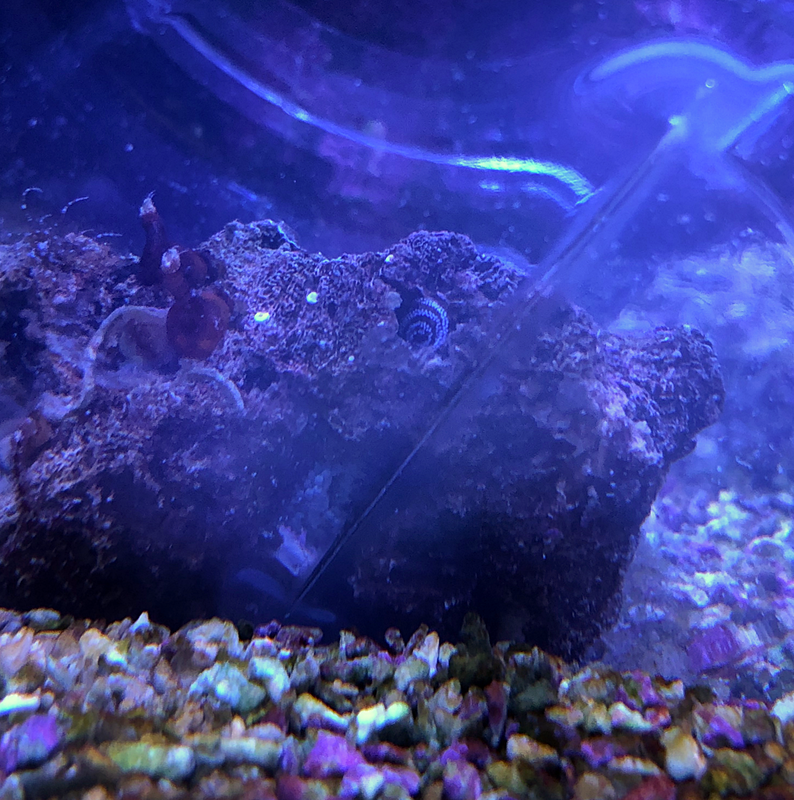
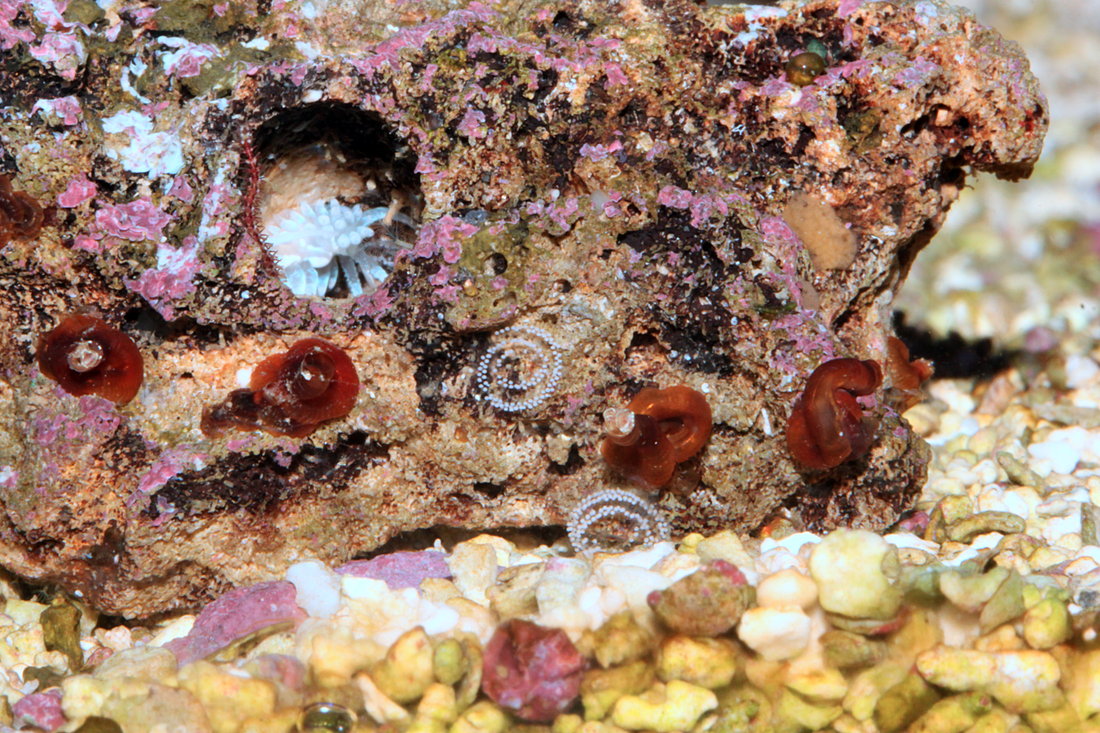
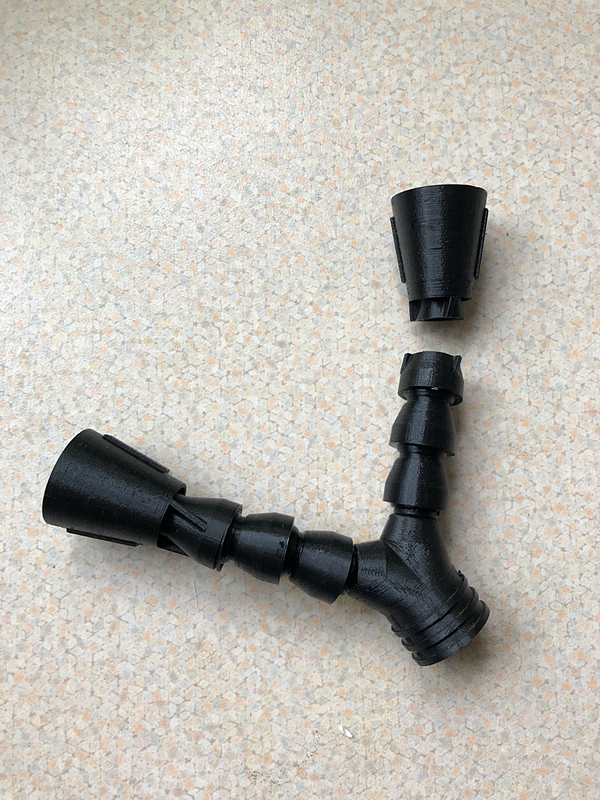
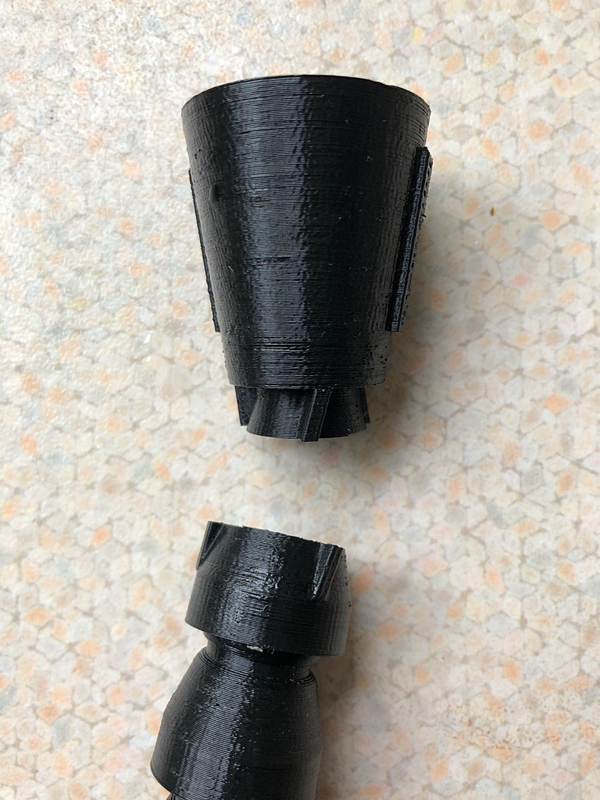
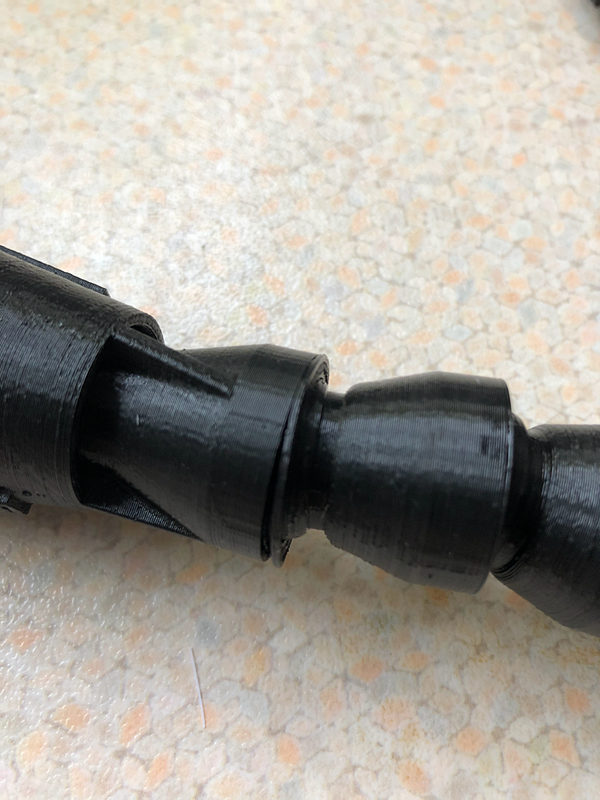
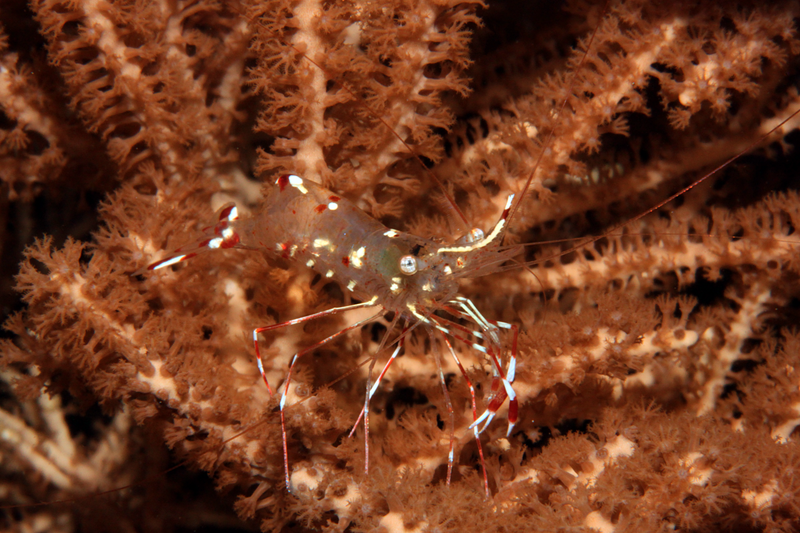
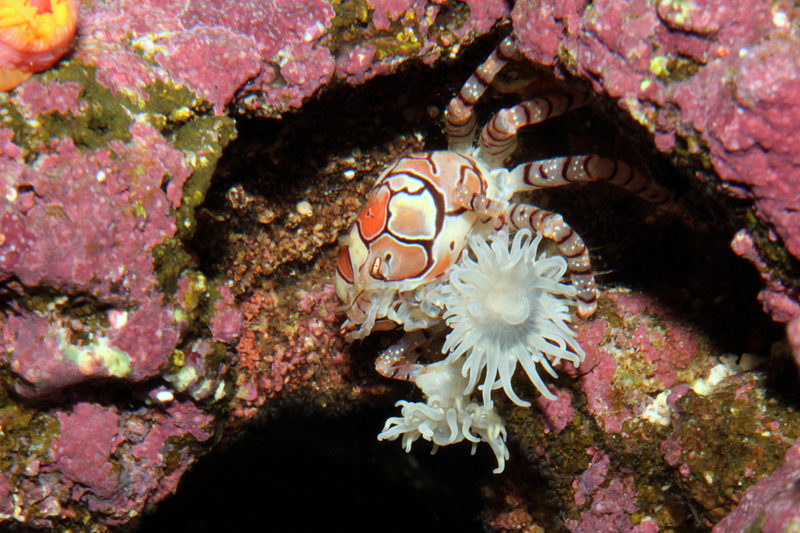
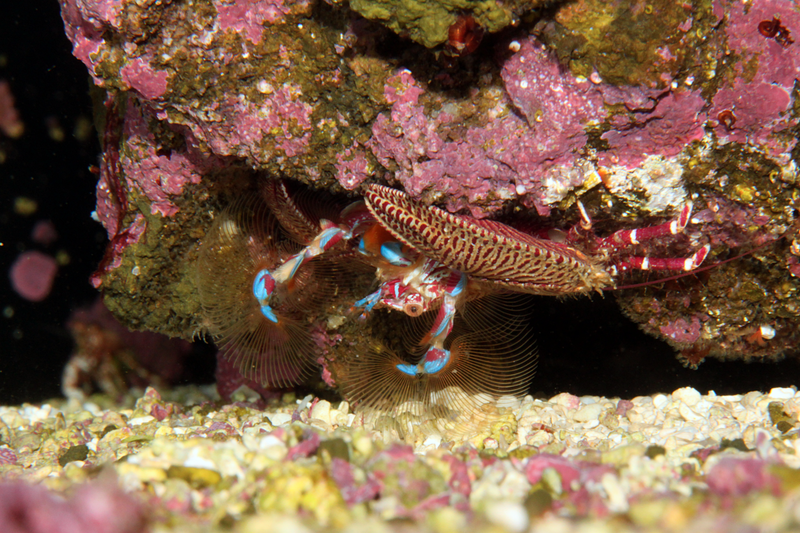
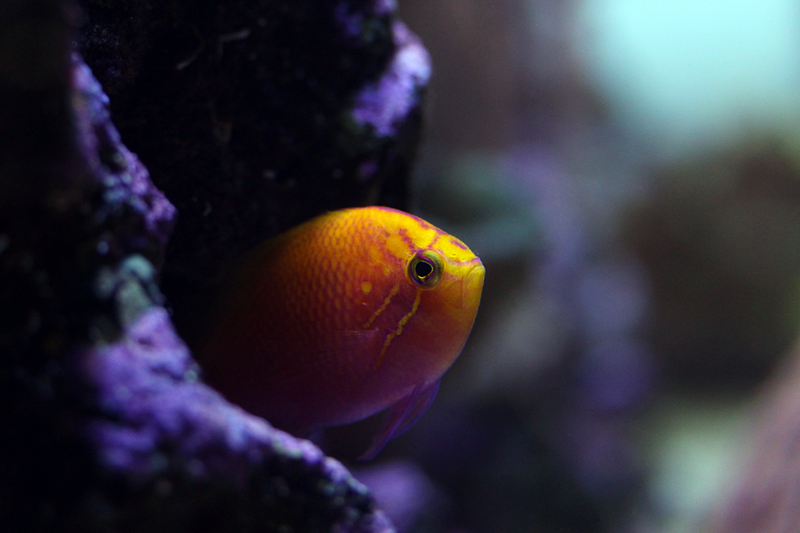
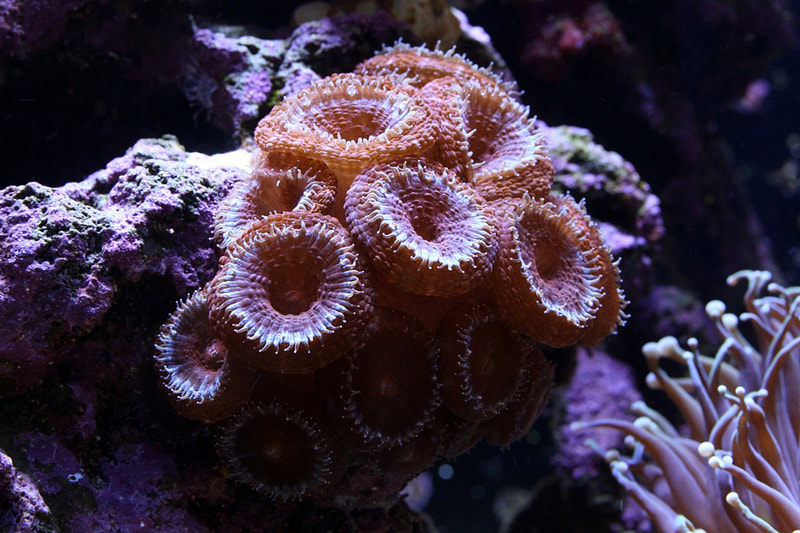
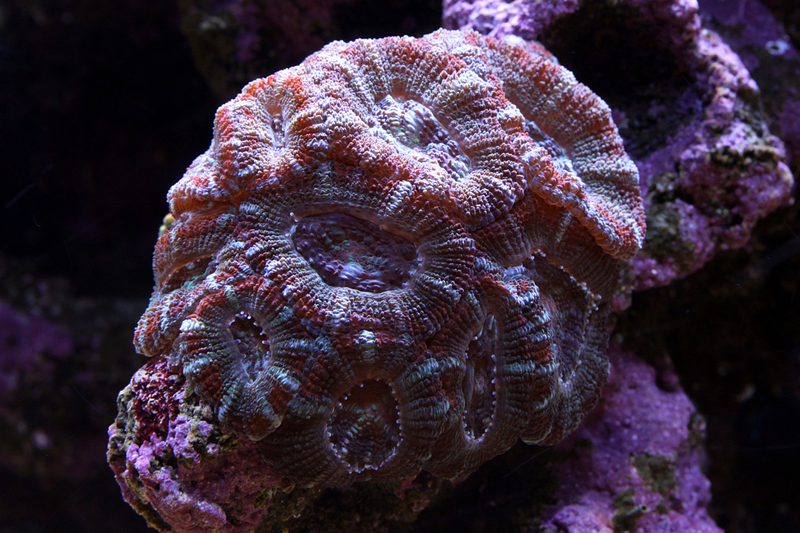
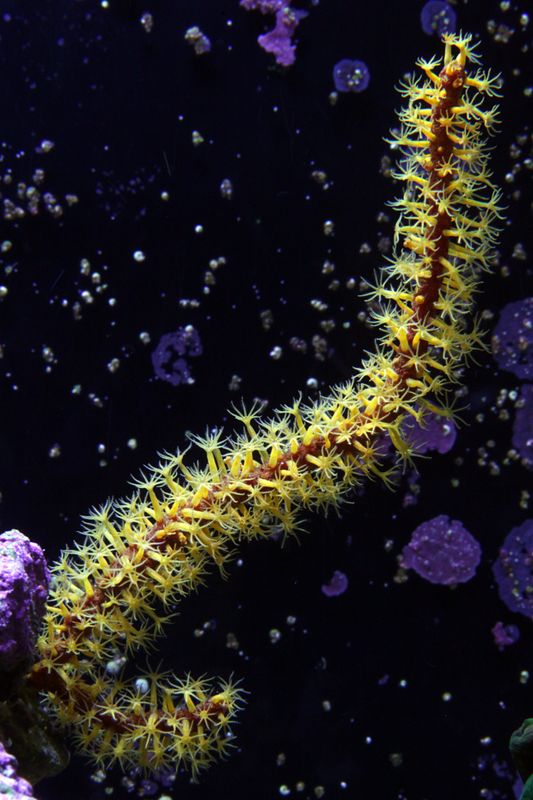
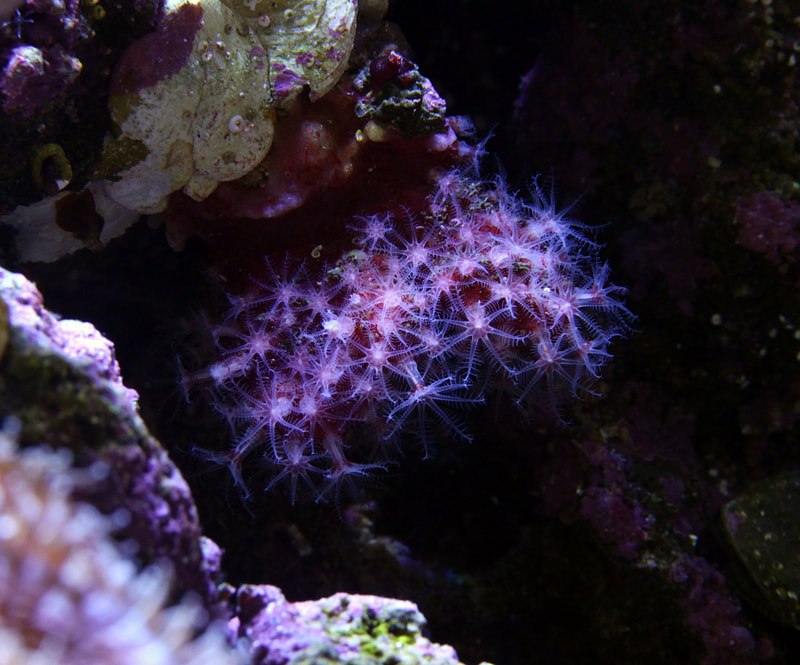
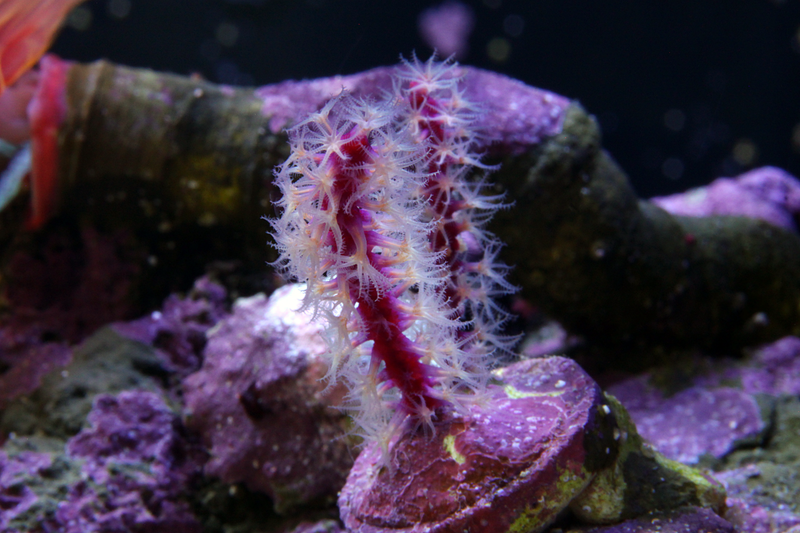
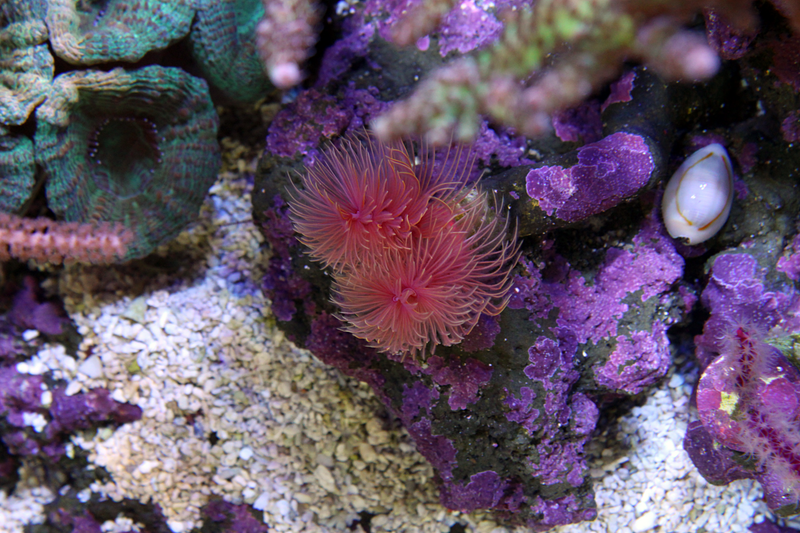
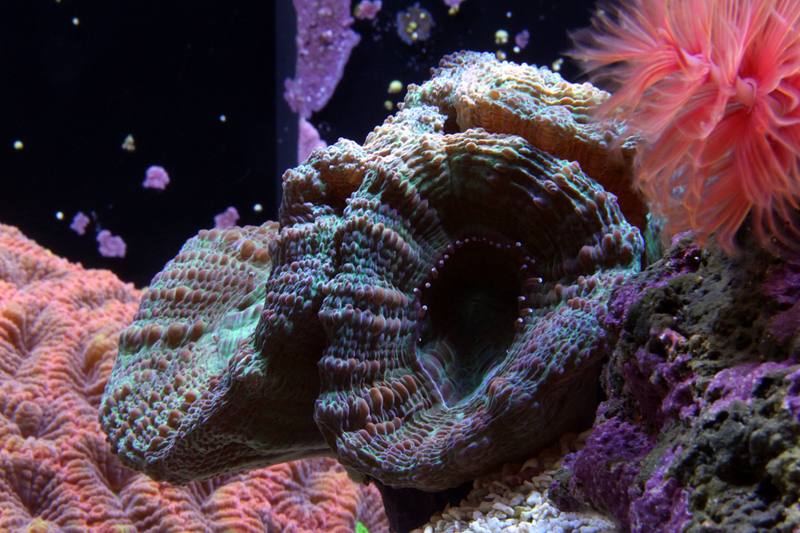
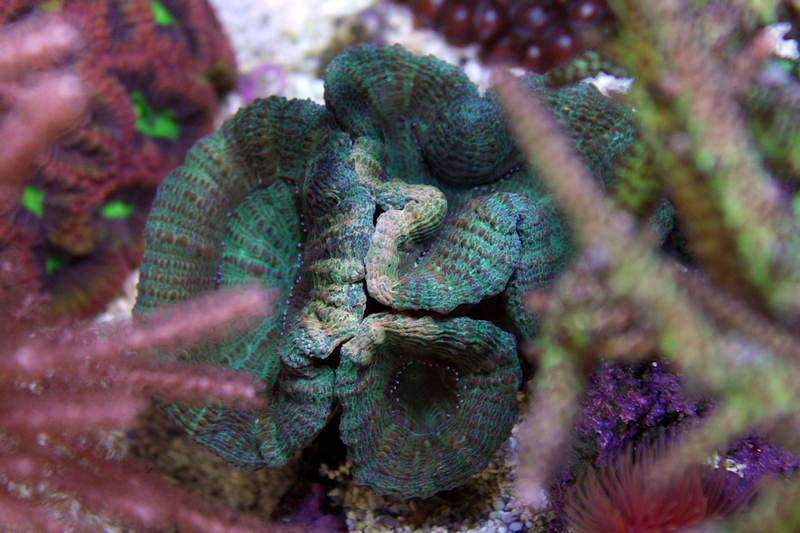
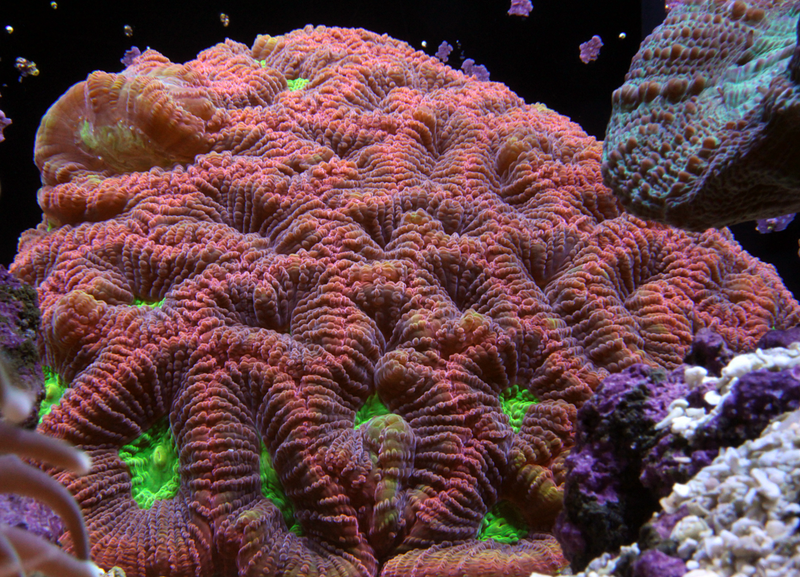
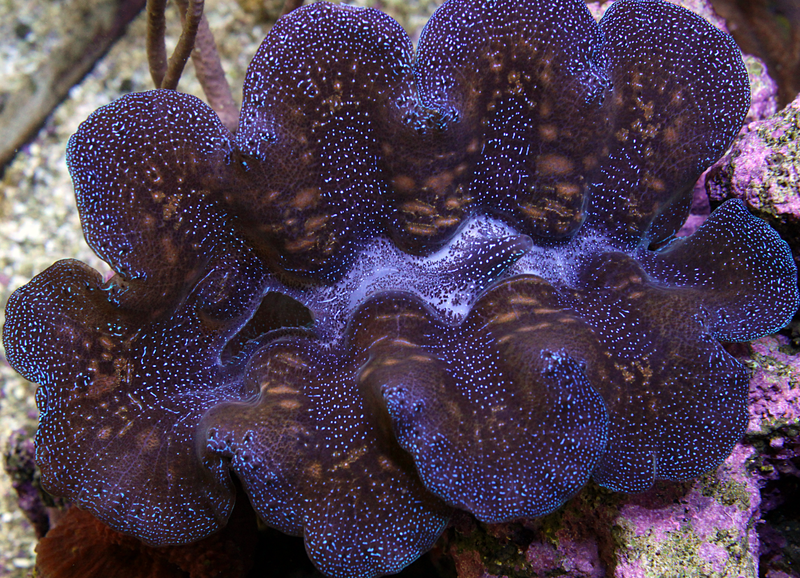
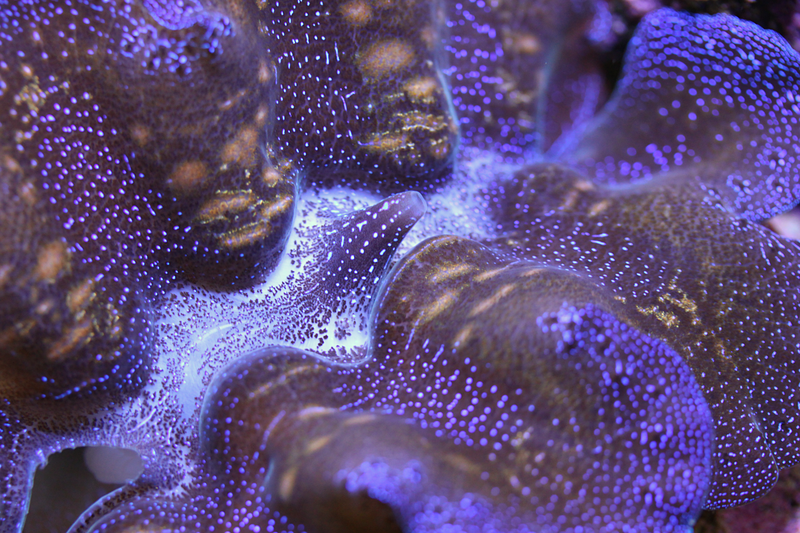
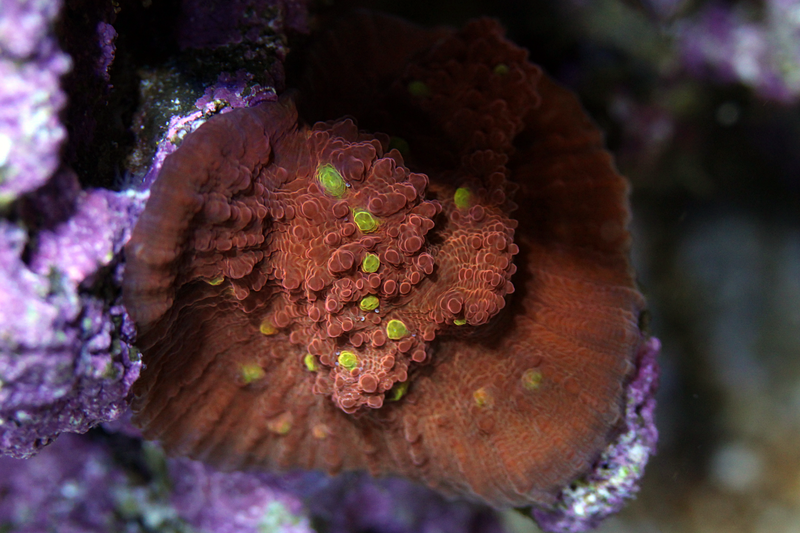
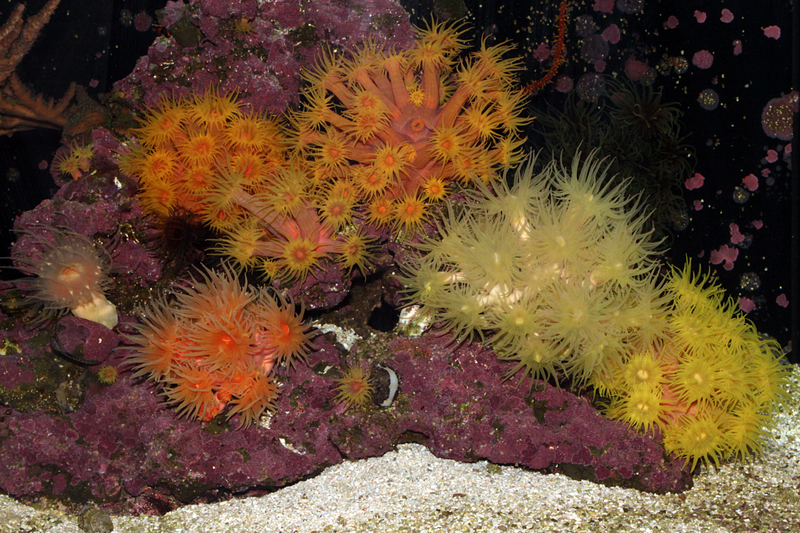
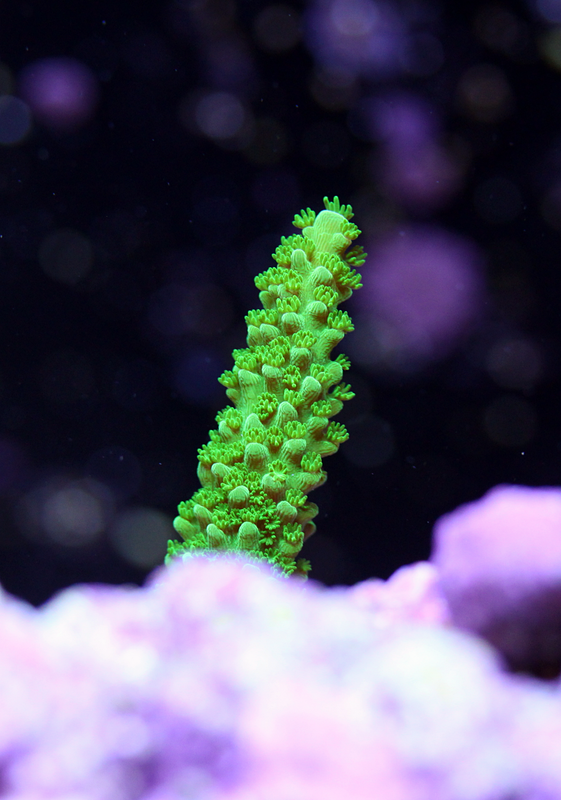
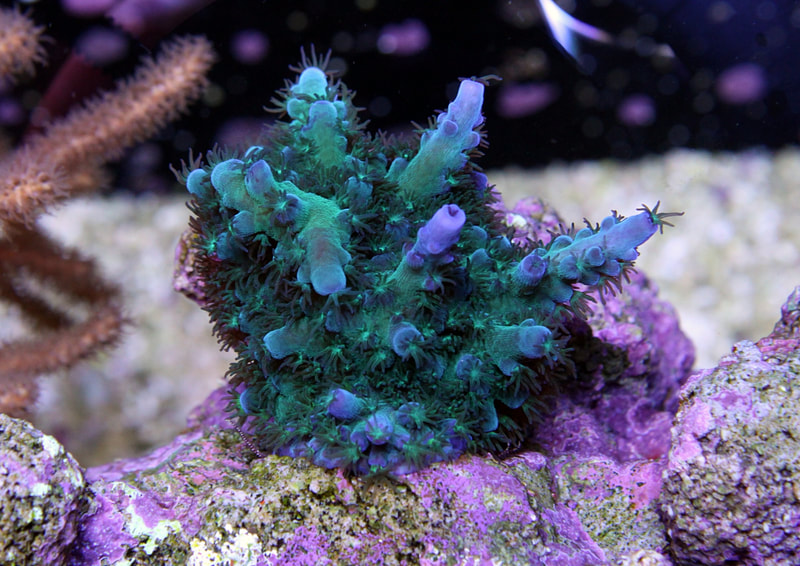
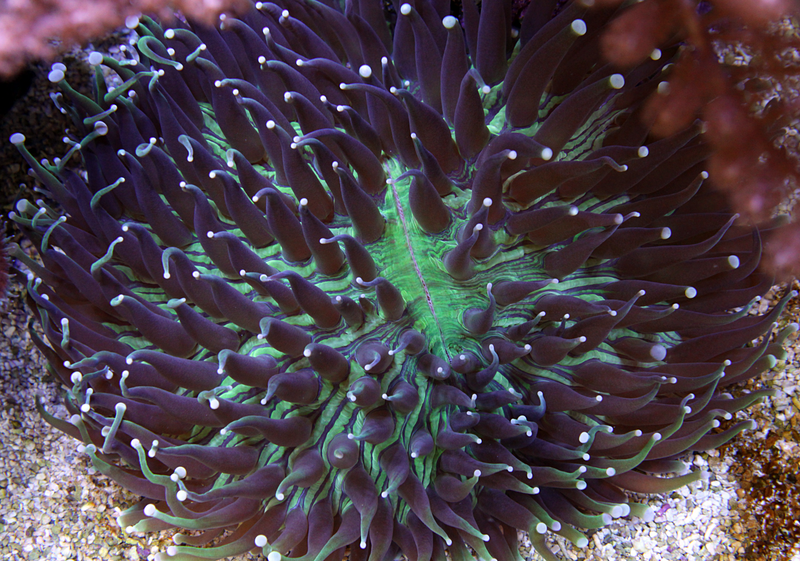

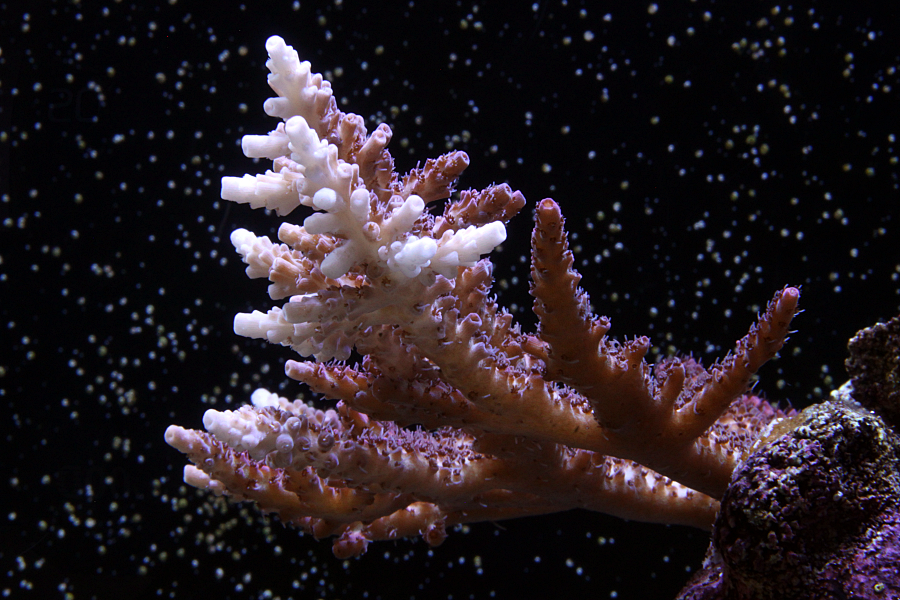
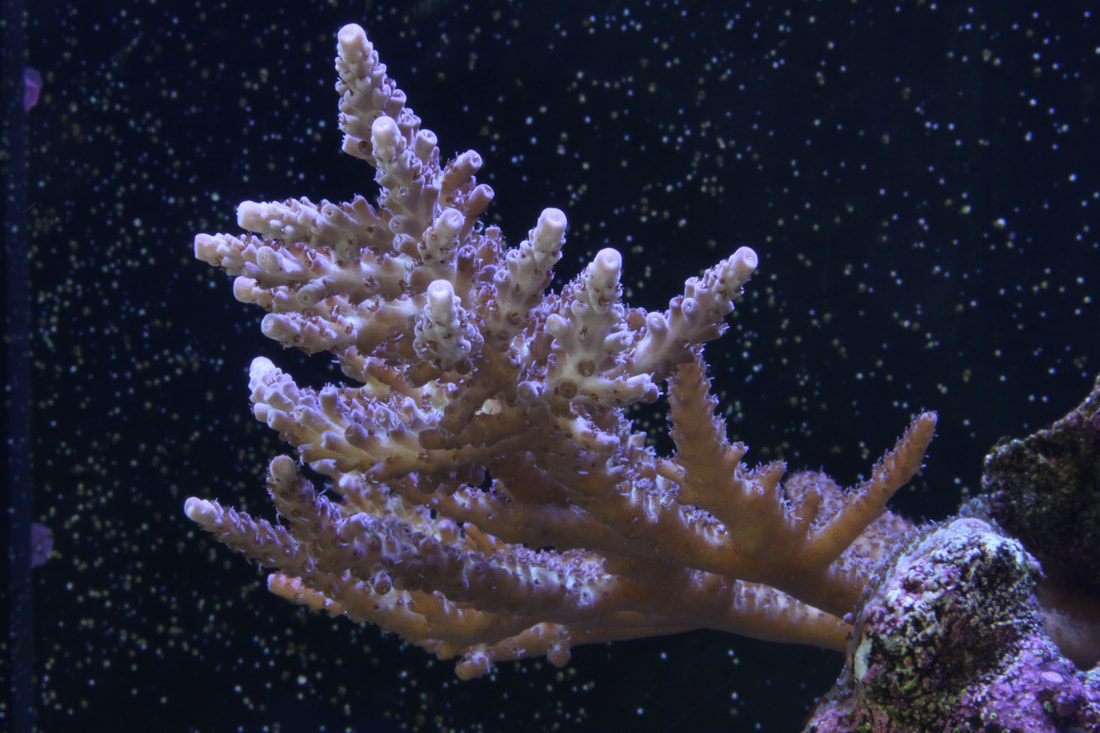
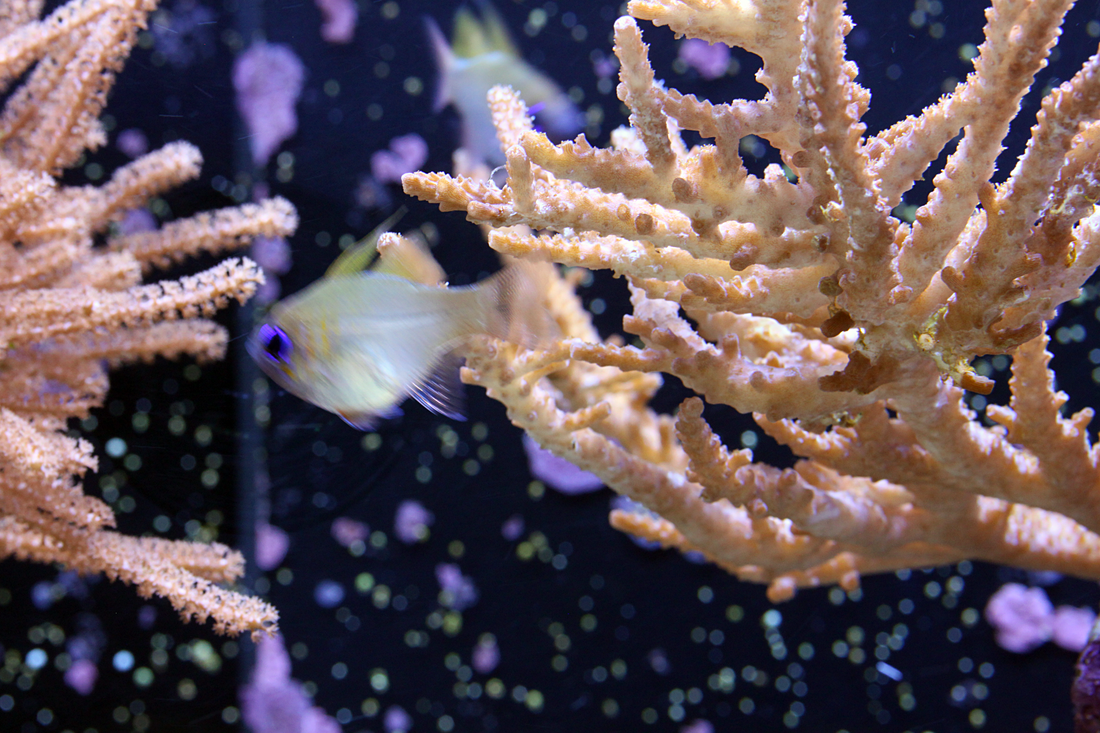
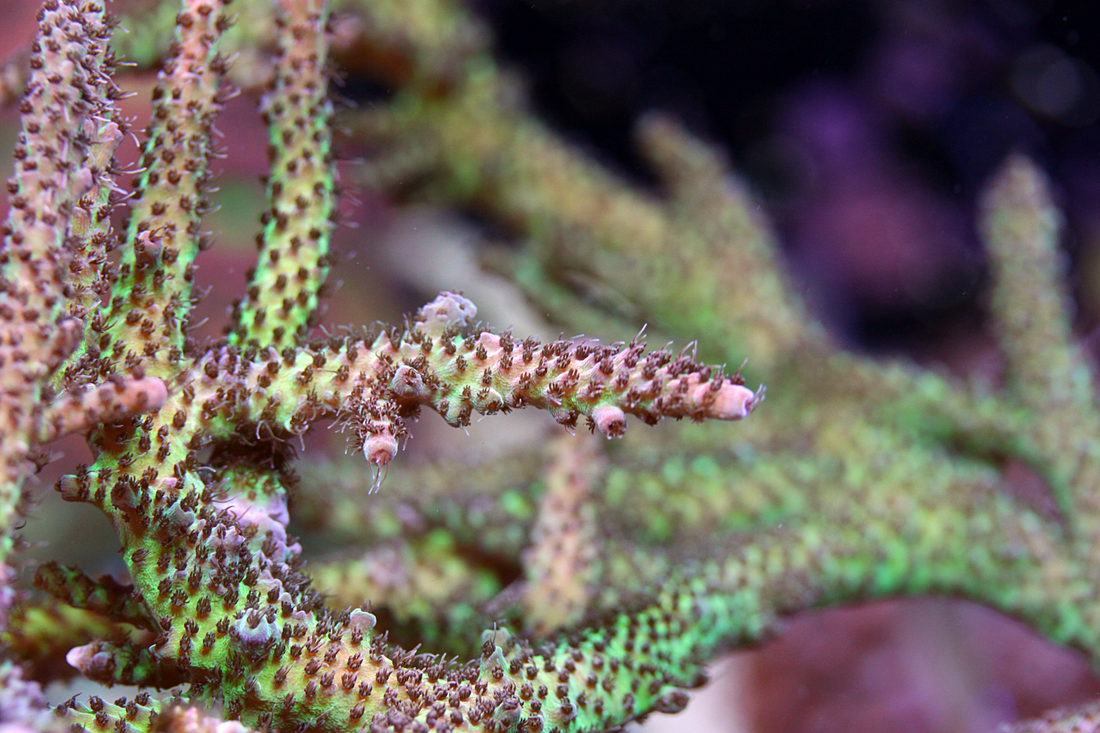
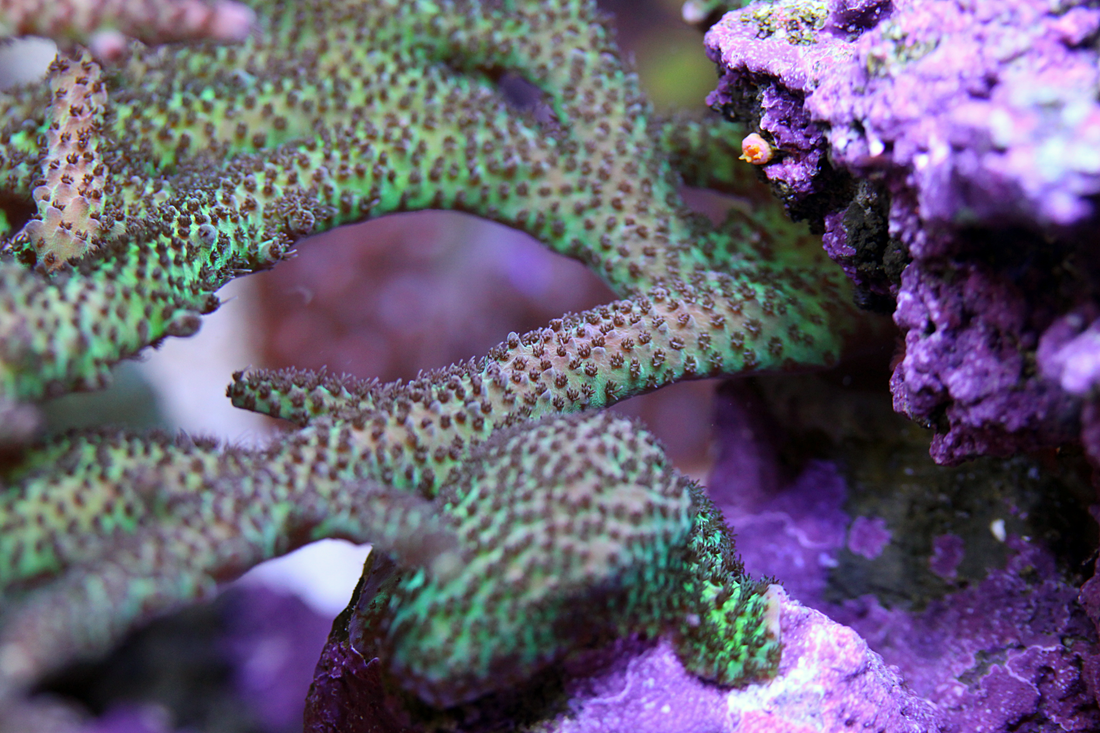
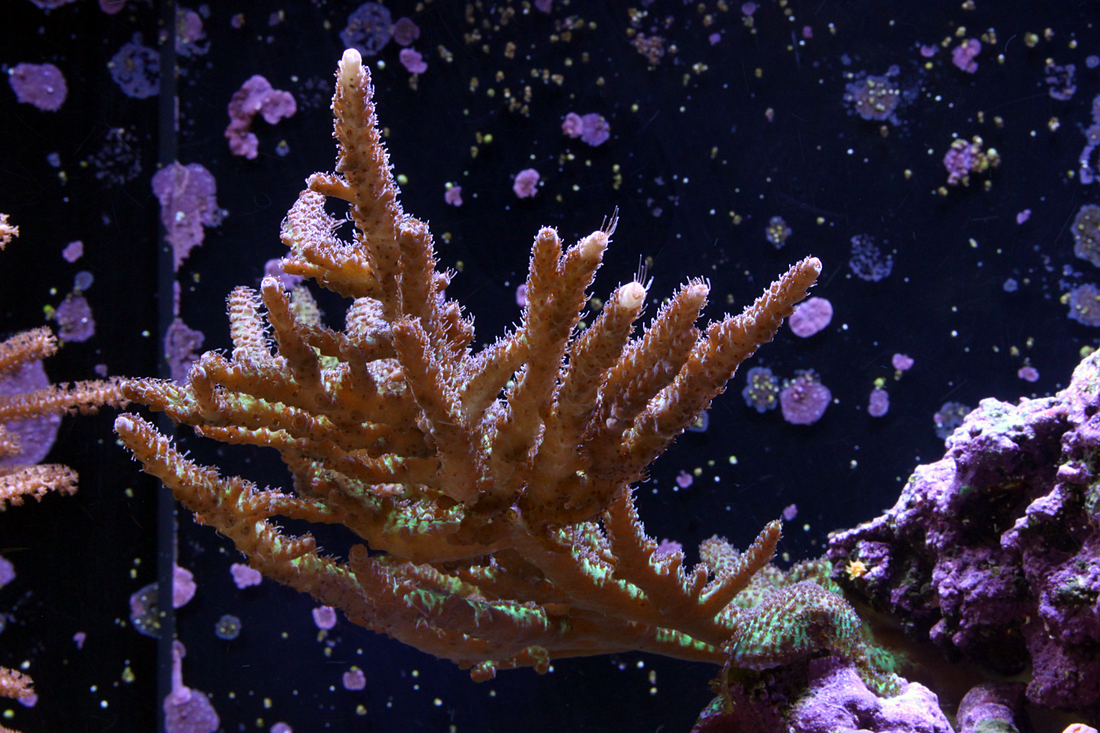
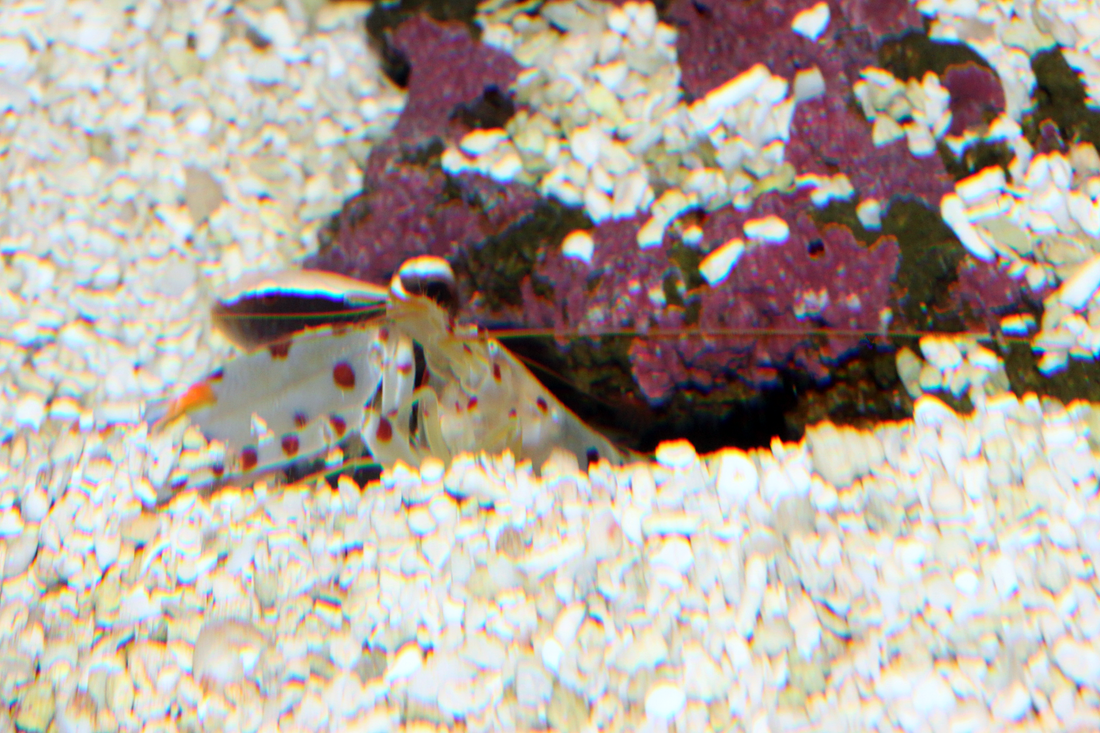
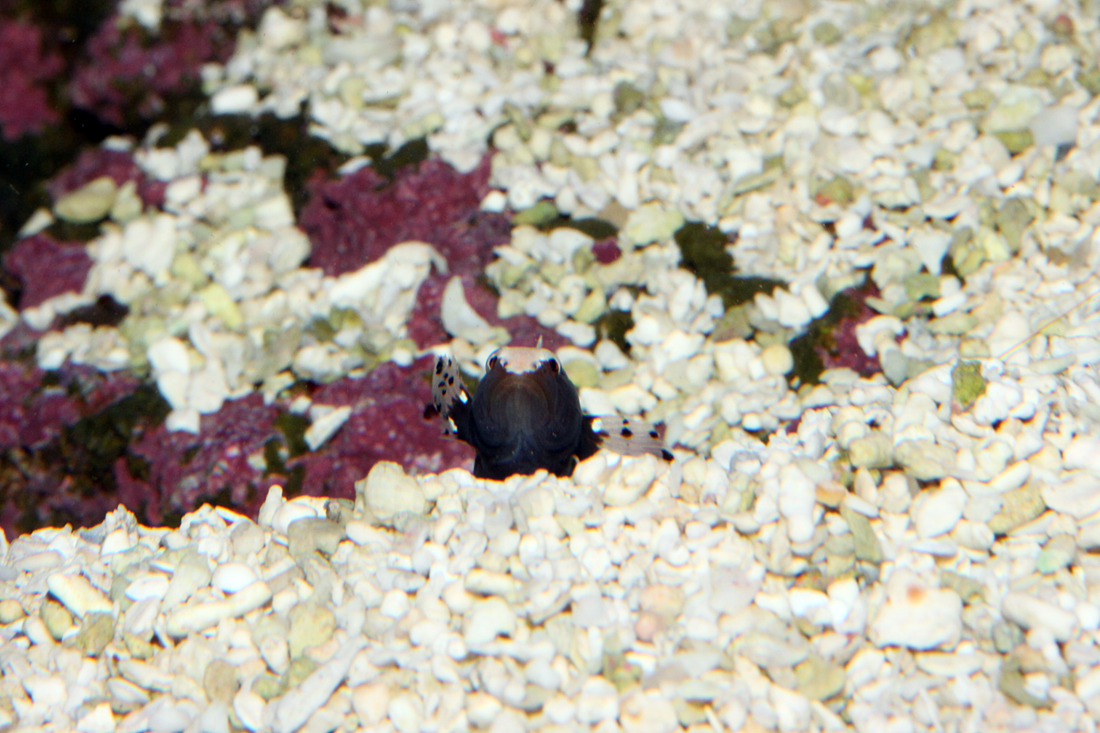
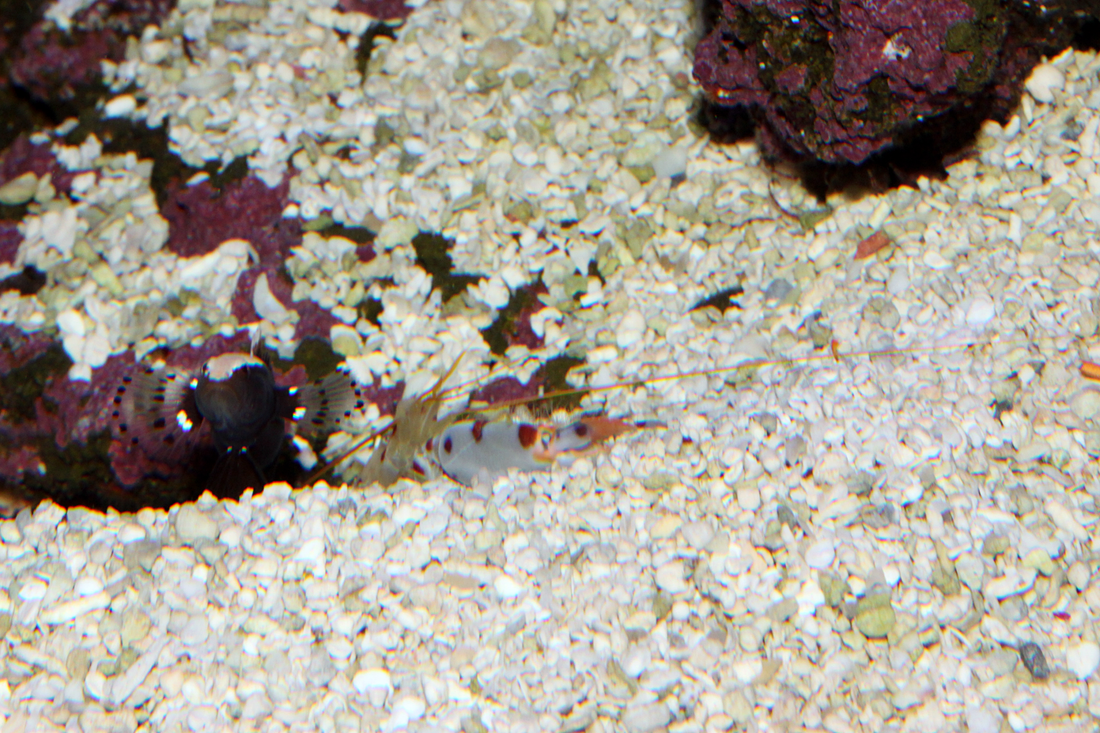
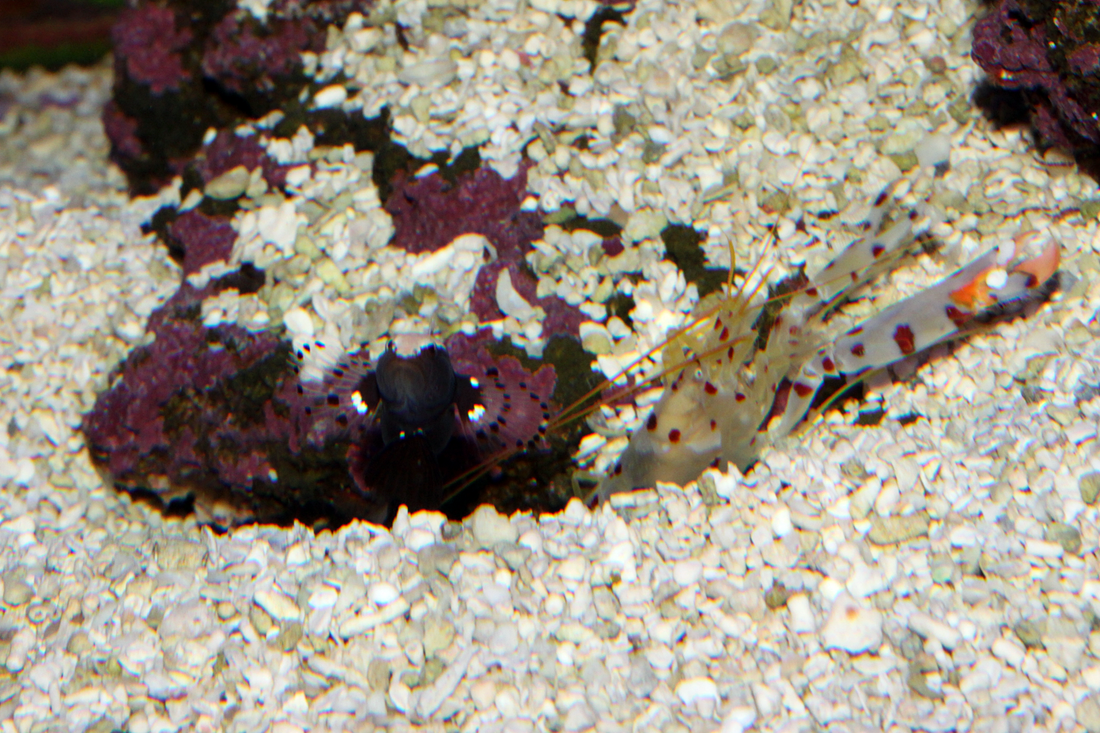
 RSS Feed
RSS Feed
